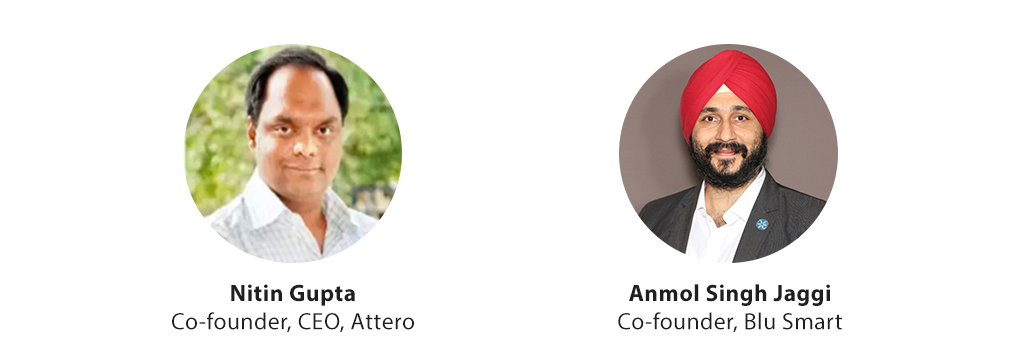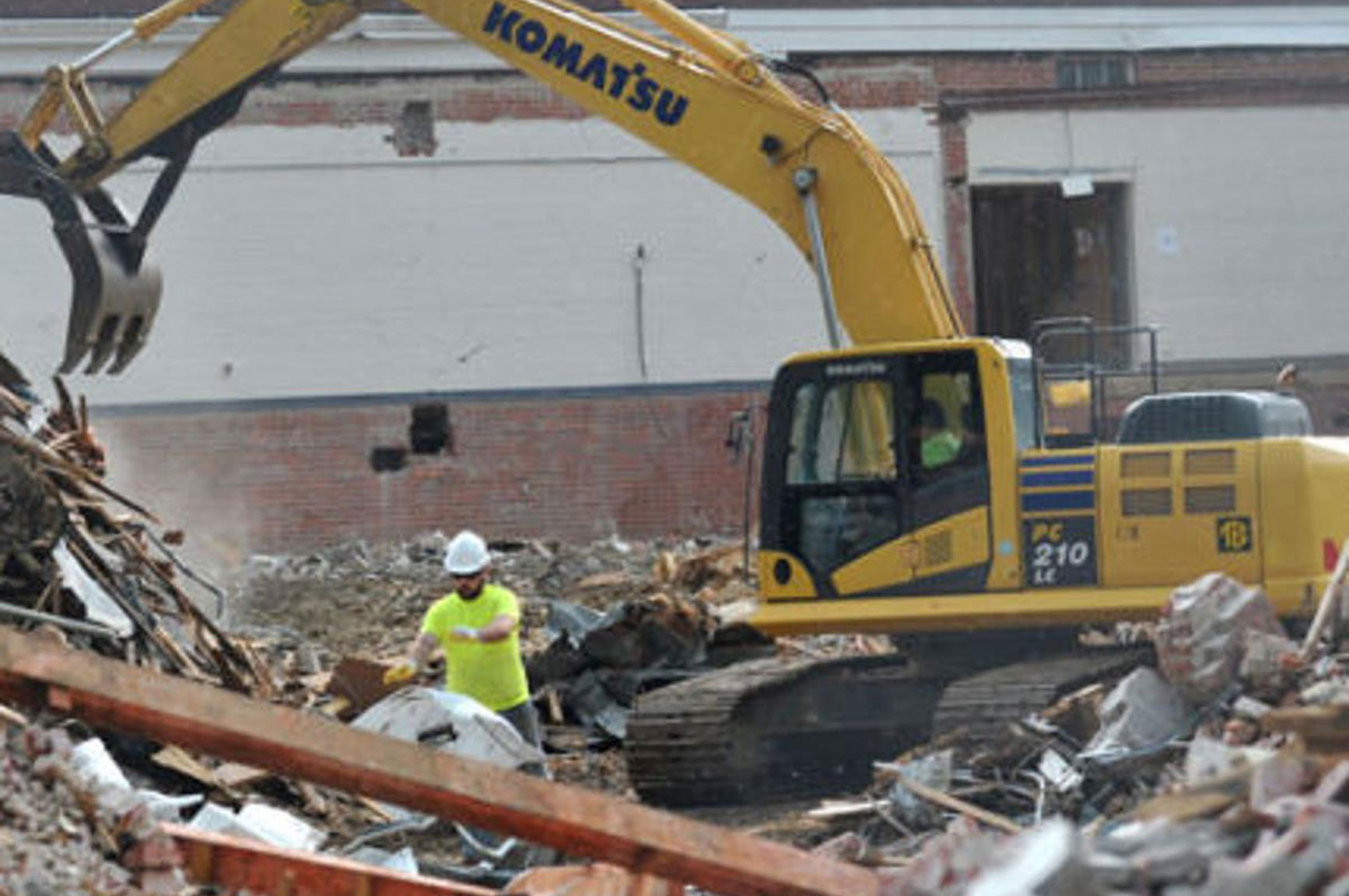Today 40-60% of EV cost comes from LIBs. If there can be a fluid secondary market for scrap batteries (derived from second life use and recycling), then there will be certainty in resell value for LIBs, which will then allow building the right financial loan instruments for EV financing. Additionally, LIB recycling ensures adding to the supply of otherwise scarce precious metals back into the system.
LIB recycling is an emerging new industry globally. ~50% of spent LIBs assets are recovered and recycled in Europe, China, South Korea, and Japan. In contrast, less than 5% of all LIB assets are recycled in the US. While cobalt and lithium are thought to be the two most valuable metals found in Li-ion batteries (with consumption of both reportedly outpacing production in the last couple years), other metals like iron, nickel, aluminum, and magnesium also have positive revenue implications when recycled.
India stands at the early stage of seeing EV and Energy Storage influx, which in later years will constitute the highest share in overall LIB waste. If it can regularize LIB waste through strengthening reuse and recycling eco-system, it will go a long way in securing its EV supply chain, and also driving adoption with improved EV financing.
In this webinar, we shall focus on:
- Why India should worry about reuse and recycling of LIBs?
- How to ensure 100% LIBs from EVs come for recycling?
- What technology options for efficient and viable LIB reuse and recycling?
- What policy measures to improve LIB recycling in India?



